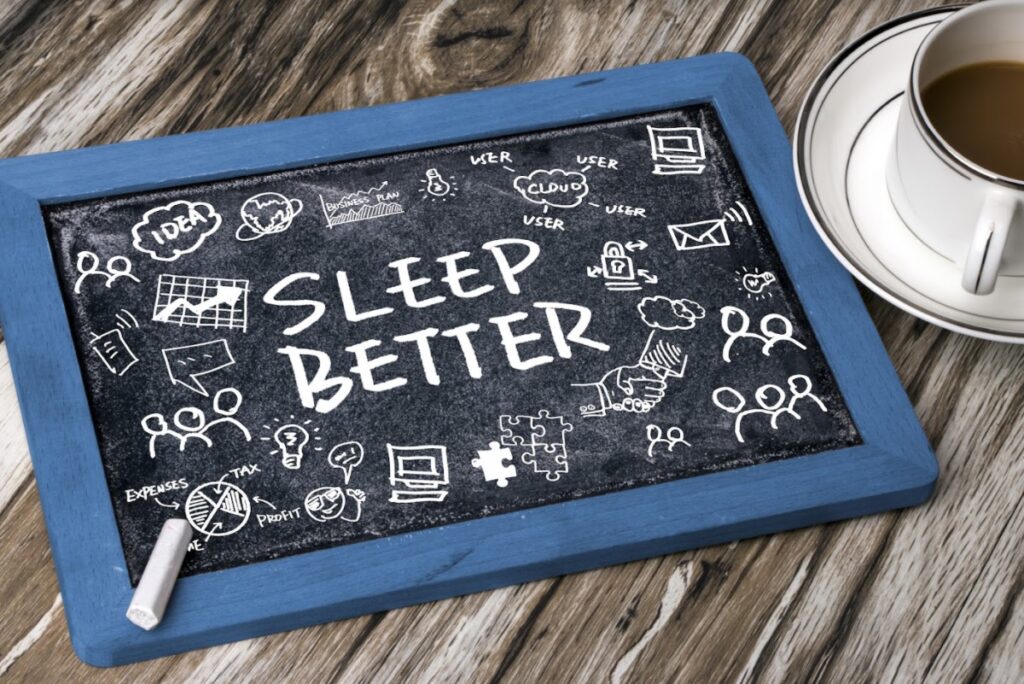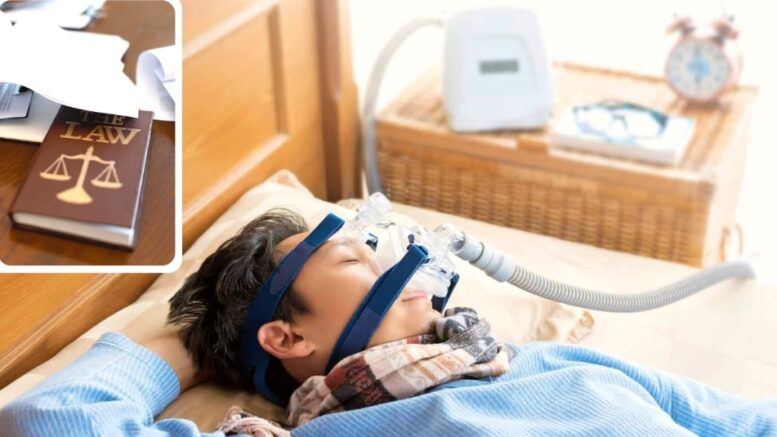More than 20 million Americans suffer from sleep disorders such as sleep apnea. Sleep apnea cases have skyrocketed, with 80% instances ranging from moderate to severe untreated obstructive sleep apnea (OSA). The most common way of treating sleep apnea is continuous positive airway pressure through a CPAP mask.
Here, patients must put on CPAP masks at night to cover the mouth and the nose. The mask is linked to a tiny machine via the nose, where the air is pumped to an open airway when the patient is asleep. This has attracted more CPAP masks suppliers such as Rapid CPAP to enable sleep apnea patients to receive masks on time. Here are three CPAP masks recommended for sleep apnea patients.
Nasal CPAP Mask
This mask is worn over the patient nose and the upper lip area. This means that air is sent indirectly to the airway through the nasal mask. It is recommended for patients who require higher pressure settings. Any patient wearing the nasal CPAP mask gets an array of versatile options compared to other masks. The masks are best for patients who walk around asleep, those who want a natural airflow, and those who want multiple options.
Pros
- Allows natural and indirect air to the airway
- Available in different types and styles
- Best to patients who hover around in their sleep
- The masks are the best for higher pressure settings
Cons
- CPAP masks are not ideal for patients with mouth breakers unless connected to the chin strap
- Cause irritation from mask pressure on the nose bridge
- Not the best for allergic and sinus blockage issues
- Not recommended to patients with breathing issues and medical complications such as collapsed nasal valve and deviated septum

Nasal Pillows
Nasal pillows masks are light-weighted and available in different designs to allow less face contact. They are the best for low to medium pressure settings. They are recommended for patients with the toss and turn sleep, patients who breathe via the nose, and those with plenty of facial hair.
Pros
- Nasal pillows allow for open vision compared to full facemasks
- You can still put on the glasses while on nasal pillows because there is no covering the bridge of the nose
- The masks are light-weighted and offer less facial coverage; hence they are best for patients with claustrophobia
- Nasal pillows minimize air leakages since the airflow is directly connected to the nasal passage
- Best to bearded patients
Cons
- These masks can disturb patients who need higher pressure as the airflow goes directly to the nasal passages
- Because of direct air pressure, nasal pillows can result in nosebleeds or nasal dryness
- It is not the best option for patients who don’t breathe out of their noses
Full Face CPAP Mask
Full face CPAP masks are ideal for patients who don’t want to unveil their mouth and nose. The bigger part of the patient face is covered to form CPAP on both airways. These masks are ideal for patients who require high-pressure CPAP settings, allergic patients, and those who love sleeping on the back.

Pros
- Full face CPAP masks are ideal for patients who breathe via the mouth
- These masks are recommended for patients who show cold symptoms, allergies, or nasal obstructions
- Ideal for claustrophobic patients who love covering their whole face
- These masks also work perfectly for higher CPAP pressure settings
Cons
- The larger surface area results in air leakages
- Patients who put on full face CPAP masks are restricted to watching TV as it’s hard to put on glasses
- Cause eyes dryness and irritation because of air leakages
- Not recommended for patients fond of sleeping on their side
Conclusion
Adhering to PAP standards is important. This is the best way to receive an effective sleep apnea treatment. Understand the above types before you grab any CPAP mask at your disposal.
